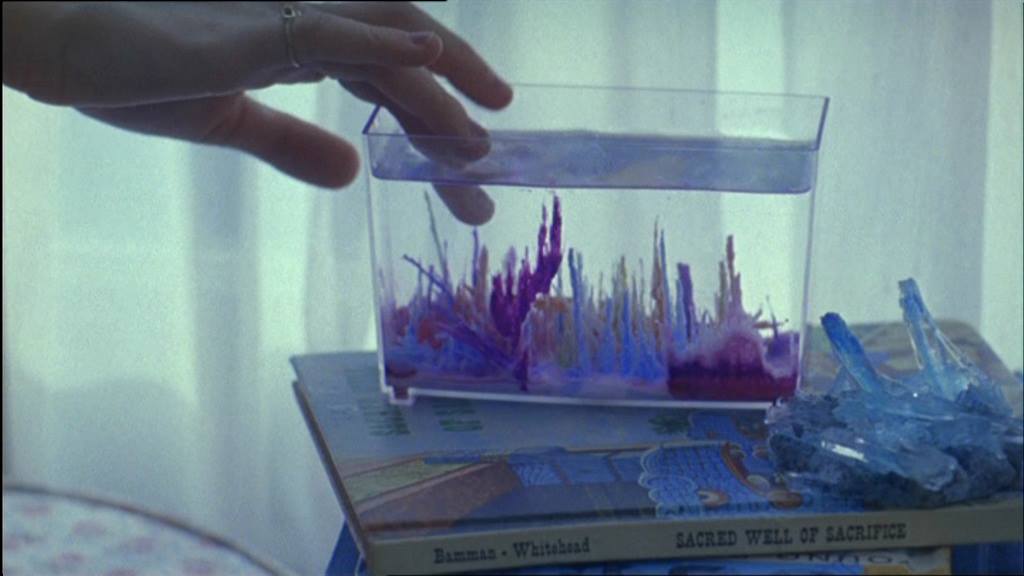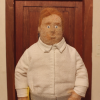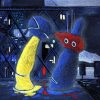Curated by Yorgos Kostianis
There are many different kinds of soundtracks. Firstly and most notably there are the era-defining ones like Nino Rota’s score for The Godfather or John Williams’ Star Wars; there are also the tour de force blockbuster scores like the compositions of Hans Zimmer and Thomas Newman; and then there are those special few that strike such an intimate chord and blend so seamlessly with the film’s theme that they break your heart.
To pull off such an interdisciplinary feat is, of course, no easy task and it requires a profound understanding of the idiosyncrasies of music and the motion picture. Such is the singular case of Sofia Coppola.
Bearing such an imposing surname, it is quite impossible to talk about Sofia without mentioning her father and legendary director, Francis Ford Coppola –a correlation that was certainly not lost on critics since the very beginning of her career. Her acting debut was marked by frequent critiques of nepotism and negative reviews. Sofia, however, was undaunted by such reproval, since she nurtured no passion for a career in front of the lens, but rather one behind it.
She retreated from the spotlight and concentrated on her photography, experimenting with costume and fashion design. She first tried her hand at directing with videoclips for revered indie music bands like The Flaming Lips, The Chemical Brothers and Sonic Youth. That last fabled band would prove to be rather impactful to her life since, on the set of their videoclip “100%”, she met her first husband Spike Jonze (whose work I’ll be possibly covering on a future article), but more importantly to her career, seeing how their frontman, Thurston Moore, introduced her to a book by Jeffrey Eugenides that would be the inspiration behind her first, and arguably best, feature film. That book was called the The Virgin Suicides.
Eugenides’ dreamy debut novel about five teenage sisters who all kill themselves over the course of a single year, resonated so strongly with Coppola that she felt the overwhelming need to adapt it for the big screen. Despite being quite scared of directing it at first, to this day she admits that she is not sure she would have a career if it weren’t for that very book. She felt a personal connection to the themes of teenage ennui and loss and immersed them in her own pronounced aesthetic and demure 70s fashion, resulting in a rose-tinted, dreamlike yet dark fable.
She also understood that for her oneiric vision to be complete, nothing less than a stellar music score was required. Having spent several years of her life in Paris and being quite familiar with its music scene, she recruited the help of the french, dream pop band Air who had just released their debut album, Moon Safari (1998), and thus a collaboration for the ages was afoot.
If I had to put the soundtrack’s brilliant atmosphere down in words, I would describe it as a fever dream, and that analogy is surprisingly accurate and true to life.
When the duo was recording the drums and the main tracks for the film, Jean-Benoit Dunckel came down with a terrible fever for the whole week of recording. He argues that during his fever pitch, he felt like he was making better music as his senses were heightened and he believes that this sipped into his hazy compositions.
In fact, after reading the novel, the duo was so taken aback by its melodramatic bleakness and decided to enshroud the film with accordingly dark music. Leaving aside the synth surplus of their previous material, they implemented a diverse assortment of analogue keyboards, but also incorporated traditional rock instruments like the guitar and the bass, thus creating not solely incidental music but a film score that says something about its composers as well. Their dulcet Moog-noodling reflects the themes of teenage angst and fascination with death that the film showcases but with which they have also personally grappled with in their own way.
The experience got so intense that, by their own admission, they have never listened back to their work as it brings forth a melancholy similar to that of going through an old photo album.

Love or hate her work, one cannot deny Coppola’s singular audiovisual aesthetics. Many have dismissed her films as decorative and insubstantial, yet I believe that its precisely this overt attention to fatuous beauty that makes them shine. Be it the feverish piano theme Highschool Lover for her aforementioned directorial debut, the saccharine melancholy of Just like honey by Jesus and Mary Chain during the closing scene of the magnetic and disorientating Lost in Translation (2003) or the way The Strokes warm your heart with I’ll try anything once in Somewhere (2010), Coppola always finds a way to elevate the soundtracks of her films to such atmospheric heights that they become indivisible parts of the screenplay. She carefully hangs the music of her films in a fine-tuned balance between sinister and blissful, melancholy and catharsis, romance and aloofness resulting in instantly recognisable cinematic moments that age like fine wine.









Commenti recenti